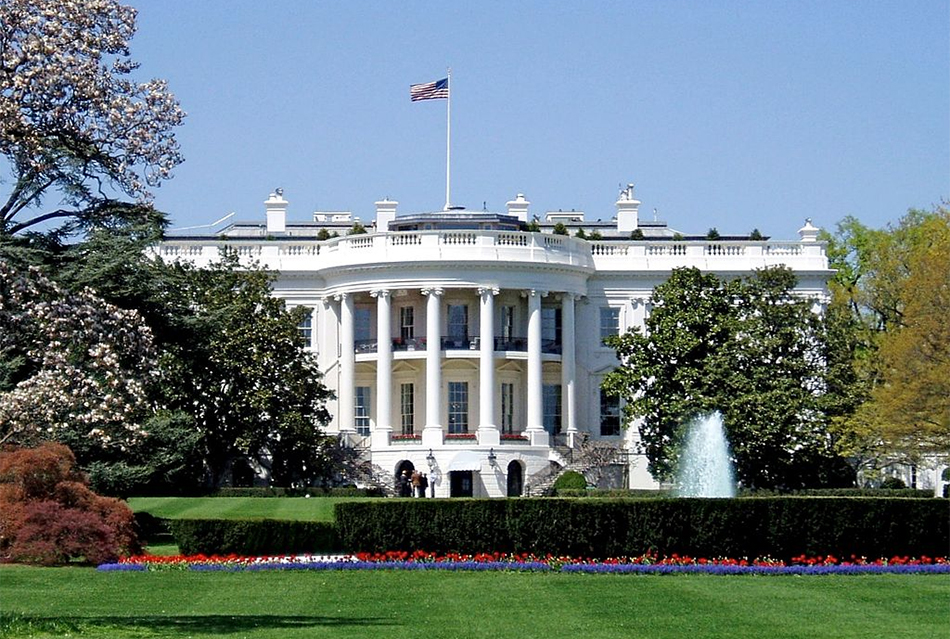‘Internet Subscription’ Is Now a White House Infrastructure Metric
Biden administration releases broadband spending updates for all states, territories

The White House has released an update on its massive Infrastructure law, including the $65 billion earmarked for internet access, and it includes a new metric for broadband access and the suggestion that it has almost solved the affordability issue.
In each of the state update internet sections, the White House talks about the lack of internet in terms not only of access to broadband, but according to how many residents of each state “do not have an internet subscription.”
In Alabama, for example, it says “nearly 32% of Alabamians do not have an internet subscription,” rather than the more traditional metric of how many people have service from, say, at least one provider at the current definition of high-speed (25 Megabits per second upstream and 3 Mbps downstream).
Also: White House Touts Affordable Broadband Subsidy
For Virginia, that figure is nearly 21% without a subscription; for California, 15%; and so on.
The White House has made it clear that availability entails more than access and includes affordability, competition, access to information about the value of broadband and training in how to use it and service quality.
As to affordability, the White House promoted its partnership with industry to bring prices down to zero: "The Biden-Harris administration is providing further cost savings by working with internet providers to offer high-speed internet plans that are fully covered by the Affordable Connectivity Program — meaning most eligible households can now get high-speed internet without paying a dime."
Multichannel Newsletter
The smarter way to stay on top of the multichannel video marketplace. Sign up below.
Under Biden's Affordable Connectivity Program, low-income residents can apply for up to a $30-per-month subsidy — down from $50 per month in the Emergency Broadband Benefit (EBB) — with residents of tribal lands getting up to $75. There is also a one-time $100 equipment subsidy to apply to laptops, desktops or tablets, but not phones. ▪️
Contributing editor John Eggerton has been an editor and/or writer on media regulation, legislation and policy for over four decades, including covering the FCC, FTC, Congress, the major media trade associations, and the federal courts. In addition to Multichannel News and Broadcasting + Cable, his work has appeared in Radio World, TV Technology, TV Fax, This Week in Consumer Electronics, Variety and the Encyclopedia Britannica.

